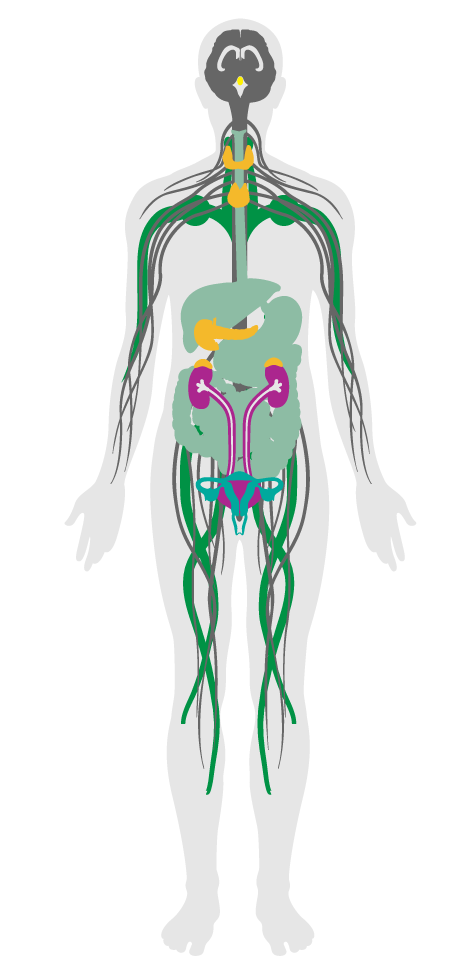Organic contaminants
Organic contaminants
Intent:
To limit the presence of organic contaminants in drinking water.
BACKGROUND
Organic contaminants are generally found in trace amounts in ground and surface waters and may pose serious threats to human health. Common sources of organic pollutants include industrial activities that inadvertently leach chemical runoff into surface waters. Exposure to organic contaminants such as polychlorinated biphenyls (PCBs) and vinyl chloride in drinking water has been associated with a range of adverse health effects, including cancer, immune deficiencies and nervous system difficulties. Activated carbon filters are effective in removing these and other harmful chemical substances.
All water being delivered to the project area for human consumption (at least one water dispenser per project) meets the following limits:
a.45
Styrene less than 0.0005 mg/L.
b.44
Benzene less than 0.001 mg/L.
c.44
Ethylbenzene less than 0.3 mg/L.
d.54
Polychlorinated biphenyls less than 0.0005 mg/L.
e.54
Vinyl chloride less than 0.002 mg/L.
f.44
Toluene less than 0.15 mg/L.
g.53
Xylenes (total: m, p and o) less than 0.5 mg/L.
h.54
Tetrachloroethylene less than 0.005 mg/L.

